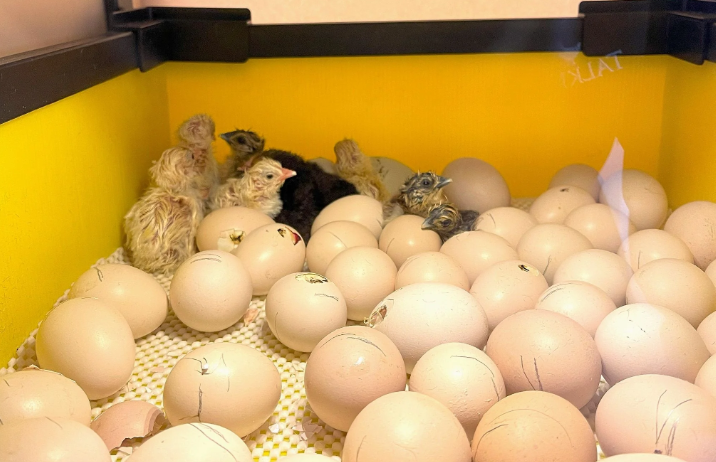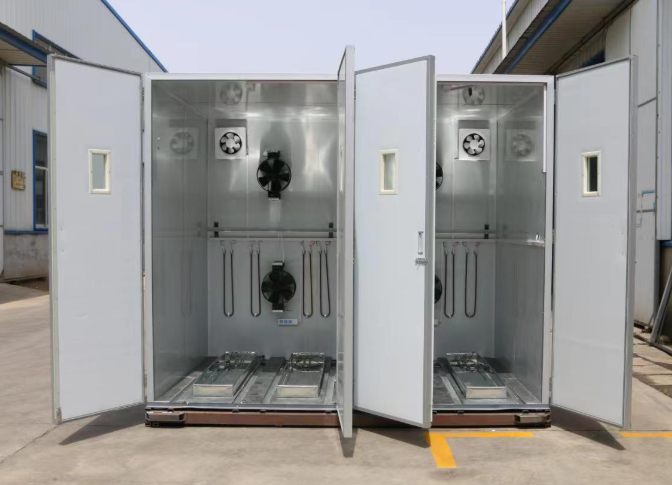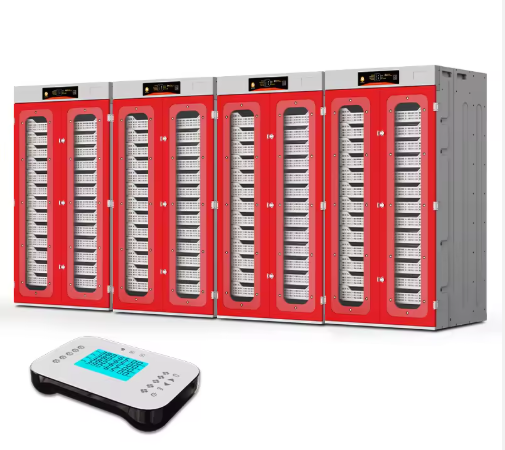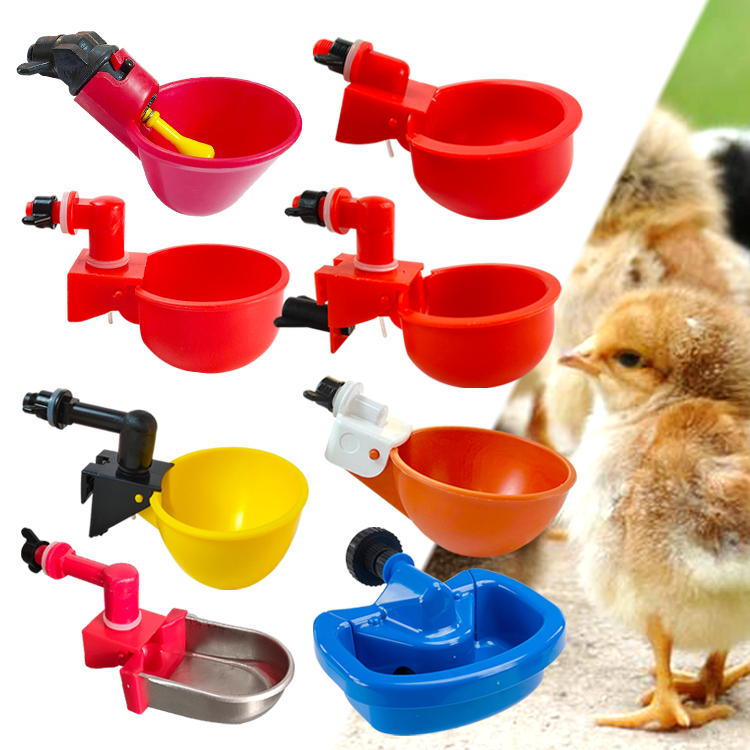Part 2: How to Choose an Incubator: Needs & Features
Pulished on Aug. 01, 2025

IV. How to Choose an Incubator (Buying Guide)
Scale of Operation
For small - scale or hobby - based operations, such as a backyard poultry keeper or a small aviculture enthusiast, a smaller incubator may be sufficient. Consider the number of eggs you plan to hatch at once. If you only want to hatch a few chicken eggs (say 10 - 50 eggs) for personal use, a small setter - and - hatchery machine or even a basic setter (if you have a separate hatcher) may work. However, for commercial poultry farms or large - scale aviculture facilities, large - capacity incubators that can handle hundreds or even thousands of eggs are necessary. These large incubators are often designed as setter - and - hatchery machines to streamline the process and increase efficiency.
Type of Eggs
Different bird species have different egg sizes and incubation requirements. If you plan to hatch multiple types of eggs, such as chicken, duck, and quail eggs, you need an incubator that can be adjusted to meet the specific needs of each. Some incubators come with interchangeable egg trays or adjustable settings for temperature, humidity, and egg turning that can be customized for different egg types. For example, quail eggs are much smaller than chicken eggs and require a different temperature and humidity profile during incubation. Make sure the incubator you choose can be adapted to these variations.
Temperature Control
Accurate and stable temperature control is one of the most critical features of an incubator. Look for an incubator with a precise temperature sensor and a reliable heating system. The temperature should be adjustable within a wide range to accommodate different bird species. For example, for chicken eggs, the temperature range during incubation is approximately 37 - 38.5°C, while for some exotic bird eggs, it may be slightly different. The incubator should be able to maintain the set temperature within a narrow margin of error, preferably within ±0.2°C. Some advanced incubators also have features like automatic temperature compensation for changes in the external environment, which is useful for maintaining a stable incubation environment.
Humidity Control
Similar to temperature, humidity control is essential for successful hatching. The incubator should be able to maintain the appropriate humidity levels for different stages of incubation. For most poultry eggs, the initial humidity level is around 40 - 60%, and it may need to be increased to 65 - 70% during the hatching stage. Look for an incubator with a reliable humidity sensor and a system for adding or removing moisture, such as a water reservoir and a fan - based ventilation system to distribute the humidity evenly. Some incubators also allow for manual adjustment of humidity levels, which is important for fine - tuning according to the specific egg type and incubation conditions.
Egg Turning
Automatic egg turning is a desirable feature, especially for larger incubators or when hatching a large number of eggs. The egg - turning mechanism should be reliable and adjustable in terms of turning frequency and angle. For most bird eggs, turning the eggs every 2 - 4 hours is recommended, and the turning angle should be sufficient to prevent embryo adhesion to the eggshell, usually between 45° and 90°. Some incubators have a programmable egg - turning system that allows you to set the turning schedule according to the specific needs of the eggs. If you choose an incubator without automatic egg turning, be prepared to turn the eggs manually at regular intervals, which can be time - consuming and may increase the risk of human error.

Ventilation
Good ventilation is necessary to supply fresh oxygen to the developing embryos and remove carbon dioxide and other harmful gases. The incubator should have a well - designed ventilation system that allows for adequate air exchange. Look for features such as air inlets and outlets, fans for air circulation, and filters to prevent the entry of dust and pathogens. Some incubators also have adjustable ventilation settings, which can be modified according to the stage of incubation. For example, during the early stages, a lower level of ventilation may be sufficient, while as the embryos grow and their oxygen demand increases, the ventilation can be increased.

Material and Construction
The incubator should be made of high - quality materials that can withstand the environmental conditions inside and outside the machine. The outer casing should be durable and insulated to prevent heat loss and protect the internal components. The internal components, such as the egg trays, heating elements, and sensors, should be made of materials that are resistant to corrosion and wear. For example, stainless steel egg trays are more durable and easier to clean compared to plastic trays that may warp or crack over time.
Brand and Reputation
Research different incubator brands and their reputations in the market. Look for reviews from other users, both professional poultry farmers and hobbyists. A well - established brand with a good reputation is more likely to provide a reliable and high - quality incubator. You can also check for any industry certifications or awards that the incubator may have received, as these can be an indication of its quality and performance. Additionally, consider the availability of after - sales service and technical support from the manufacturer. In case of any problems or malfunctions, it is important to be able to get timely assistance to minimize downtime and potential losses.
Initial Cost vs. Long - Term Value
While the initial cost of the incubator is an important factor, it should not be the only consideration. A cheaper incubator may seem attractive at first, but it may lack important features or have lower build quality, which can result in poor hatching rates and higher long - term costs. On the other hand, a more expensive, high - quality incubator may have a higher initial investment but can provide better performance, durability, and reliability, leading to lower overall costs in the long run. Consider the cost per egg hatched and the potential return on investment. For commercial operations, a more expensive incubator that can hatch a large number of eggs with high success rates may be more cost - effective in the long term.
Energy Efficiency
Incubators consume a significant amount of energy to maintain the required temperature and humidity levels. Look for an energy - efficient model that can help reduce your operating costs. Features such as good insulation, efficient heating elements, and automatic power - saving modes can contribute to energy efficiency. Some incubators are designed to use less energy without compromising on the quality of incubation, which is not only beneficial for your wallet but also for the environment.
Incubators are vital tools in the fields of poultry farming, aviculture, research, and education. The two main types, setter incubators and setter - and - hatchery machines, each have their own characteristics and uses. When choosing an incubator, it is essential to consider your specific needs in terms of scale of operation and egg type, evaluate key features such as temperature and humidity control, egg turning, and ventilation, and take into account build quality, brand reputation, and cost - effectiveness. By making an informed decision, you can select an incubator that will help you achieve high hatching rates and produce healthy offspring, whether you are a commercial poultry farmer, an aviculture enthusiast, or a researcher in the field of avian biology.
View More information about chicken farm



View our Youtube More breeding equipment video
Phoenix Breeding Equipment: 19+ years of breeding equipment production and export experience. As a result of our high-quality products and outstanding customer service, we have gained a global sales network reaching Europe, North America, Southeast Asia, Africa, South America, etc. Successfully in use on both family-owned farms and large farm complexes. Providing individual and automatic equipment to feed your livestock: chicken drinking line, chicken feeding line, poultry drinker and feeder, exhaust/ventilation fans, egg Incubator, and so on breeding equipment.
CONTACT US
Phone:+86 19061974162
Email: sales@goldphoenixa.com




